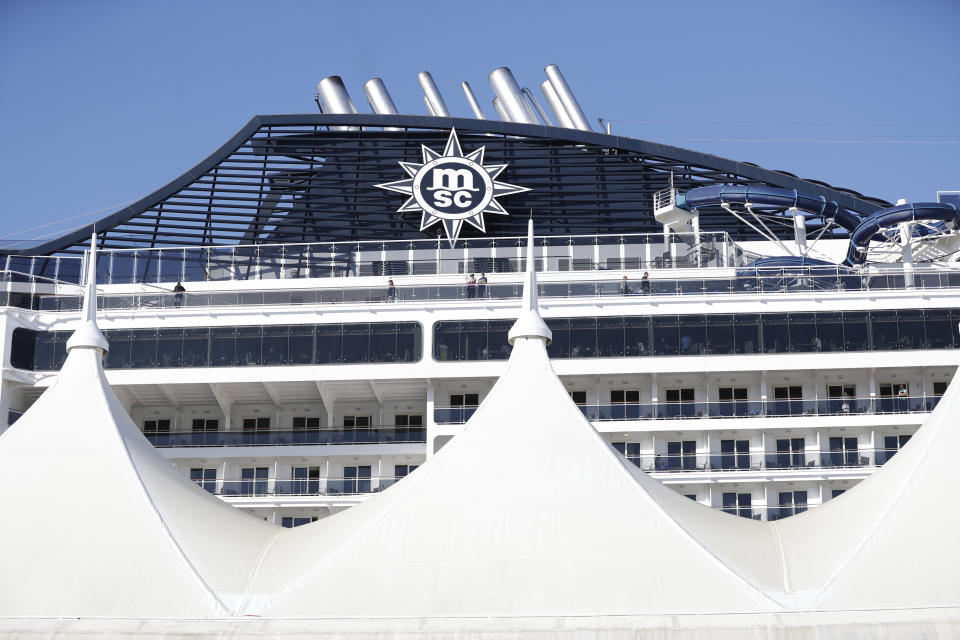One-two punch of crashing oil prices and spiking coronavirus cases sends Dow plunging — Here are 3 tips for investors
OK, now you can panic just a bit and dust off that investing playbook that has been buried since the 2008-2009 financial crisis.
Oil prices tanked more than 20% on Monday following Saudi Arabia’s surprising decision over the weekend to slash prices. That unnerved an already jittery stock market — the Dow Jones Industrial Average crashed about 1,500 points in early trading after a brief halt near the open as circuit breakers were triggered. The Dow at one point dropped close to 2,000 points.
All in all, the great bull market is at risk from what some pros believe is a rolling financial crisis at the hands of the coronavirus outbreak.
Since I don’t know what notes are on your 2008-2009 financial crisis playbook, allow me to share mine. Back then I was a sell-side equities analyst covering hardline and softline retailers, or in plain speak — retailers such as Costco to Abercrombie & Fitch, a teen apparel destination.
Tip 1: Value may not be value.
Back in late 2008 and early 2009, countless pundits said bank stocks represented tremendous values. Most of the big banks by then were trading below book value, which on the surface appeared to be a screaming buy. But a screaming buy they were not as banks had balance sheets riddled with opaque assets worth next to nothing as the housing bubble burst and consumers went financially bust. Moreover, the long arm of the government lurked to upend bank business models for their reckless ways (we remember you, Barney Frank).
The same reasoning could be applied to cruise line stocks like Carnival Cruise Line trading on low single-digit price-to-earnings multiples. These companies will likely have to deal with a fundamental shift in how human beings view cruising for years thanks to the coronavirus outbreak. That will spell several years of pressured profits as cruise line price tickets fall below optimal levels and deal with still elevated fixed expenses.

Heck, an ExxonMobil — which crashed 17% Monday on the Saudi Arabia shock decision to slash oil prices — may not yet represent a major value even with a dividend yield of nearly 9%. All oil producers and their supply chain could see their bottom lines rocked well into 2021 due to oil hovering below $35 a barrel.
Bottom line: Value is in the eye of the beholder, a cheap stock could get much cheaper.
Tip 2: The consumer does not rush into the fray and automatically save the day.
Another well worn line of thinking back in 2008-2009 was that the U.S. consumer would swoop in to save the day. “The U.S. consumer represents 70% of the U.S. economy and they will be out there spending amid lower gas prices,” is a line lazy pundits used with extreme frequency at the time. Obviously that was totally wrong as major retailers were financially pounded as consumers boosted savings rates and ate at home instead of the food court mall. They didn’t resurface in earnest until the holiday season of 2010, more than a year after the market bottomed in March 2010.
Be careful right now not to buy into the logic that U.S. households have strong balance sheets. Most in fact do after an 11-year-old bull market in stocks and higher paying jobs. But to think consumers won’t change their spending behavior with the stock market getting torched and coronavirus spreading is dumb. In turn, piling into consumer-centric stocks at the moment is also likely a wrong move as inventories pile up due to slowing demand and the companies struggle to unwind costs.
Bottom line: The U.S. consumer isn’t immune to nasty market headlines and can’t be relied upon to save the global economy.
Tip 3: A market in crisis bottoms when fiscal policy unites with monetary policy.
Remember the Troubled Asset Relief Program, aka TARP? How about Ben Bernanke uncorking something unconventionally at the time in quantitative easing? These were essential moves to arrest plunging stock markets and set the foundation for more stable investing conditions. By and large, they worked.
The problem currently is that the Federal Reserve has taken the coronavirus situation on its back. Fed chief Jerome Powell slashed interest rates by 50 basis points in an emergency meeting a week ago. Where is the Trump administration on the unfolding crisis with a form of stimulus? Unclear on that, and the market doesn’t like it and realized the Fed can’t do this alone.
Bottom line: Fiscal and monetary policy must work together, it’s hard to imagine a market bottom without the two joining forces.
Brian Sozzi is an editor-at-large and co-anchor of The First Trade at Yahoo Finance. Follow Sozzi on Twitter @BrianSozzi and on LinkedIn.
Read the latest financial and business news from Yahoo Finance
Beyond Meat founder: things are going very well with McDonald’s
Starbucks CEO on what China has in store for the coffee giant
Follow Yahoo Finance on Twitter, Facebook, Instagram, Flipboard, SmartNews, LinkedIn, YouTube, and reddit.

 money
money 